How to Get Mold & Mildew off Bathroom Tiles? 6 Ways
-
Pete Ortiz
- Last updated:
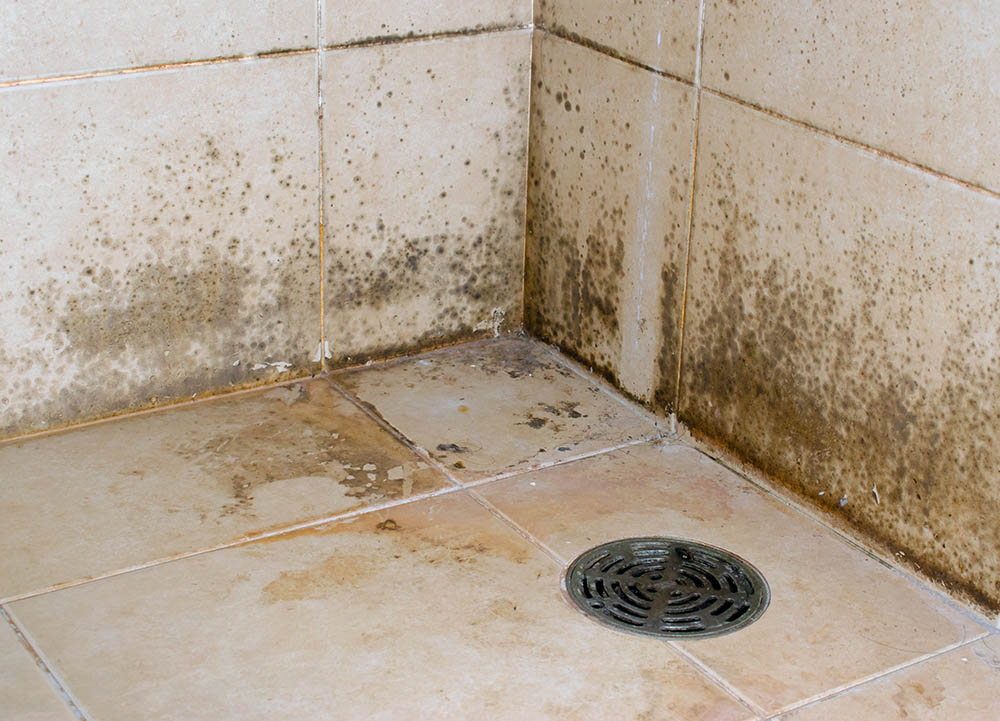
Mold and mildew are common issues among homeowners. Whether you live in a house or an apartment, mold is bound to appear somewhere at one point. It is not a stranger to wet and damp places, so look for it on the bathroom walls or tiles. Mold and mildew can be very frustrating to eradicate, as it tends to reappear in the same spots.
Although many people have issues with mold and mildew, there are many ways of eradicating them once and for all. In this article, we will help you find a perfect way for you to clean mold and mildew.
Mold vs. Mildew
Mold
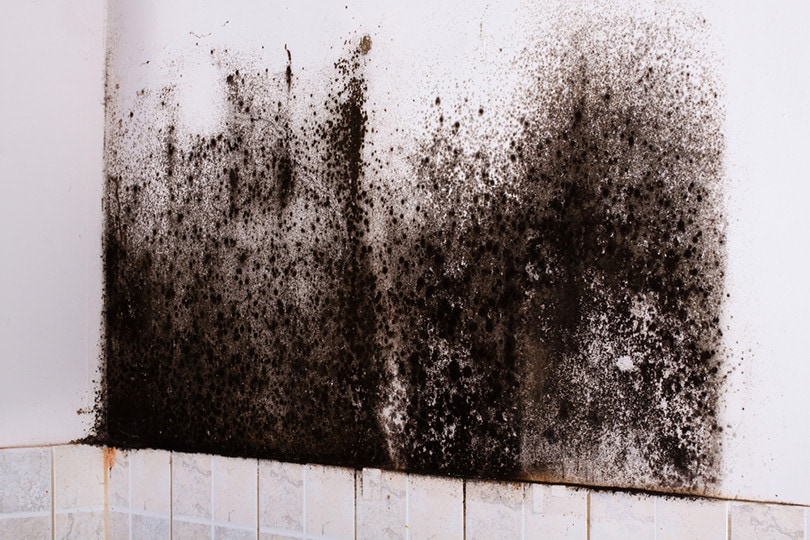
Mold is a type of fungi that grows in places with a lot of humidity and moisture. Mold typically appears in bathrooms inside our homes because they are almost constantly dark, damp, and moist. Mold grows very quickly, and even after cleaning mold off your walls, there can still be traces of it that will cause the mold to reappear on the same spot. Mold can cause many serious health problems when inhaled for a long period, so if you spot mold anywhere inside your home, it is important to act fast in cleaning it.
Mildew
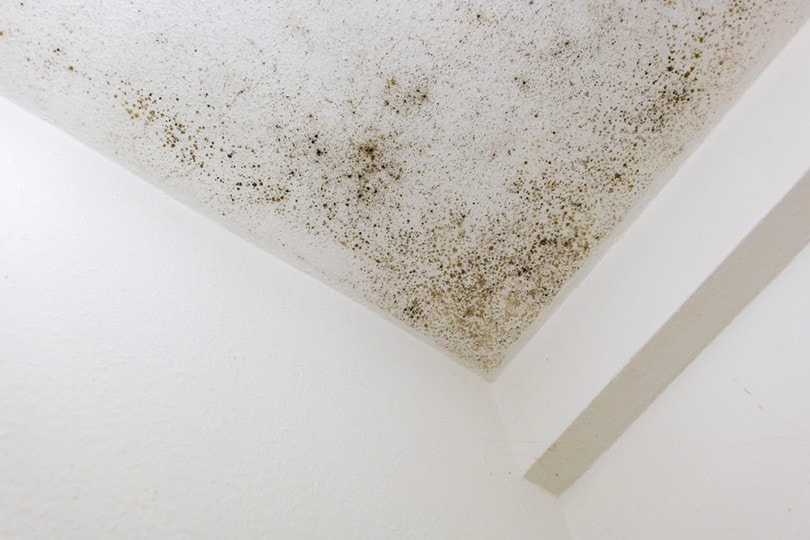
Mildew is a form of mold and has two possible shapes. Mildew can appear in yellow spots that turn brown, or as a white powder that turns black. Mildew mostly grows in moist and damp areas with little or no air circulation, typically on walls, bathroom tiles, shower curtains, or shower grout.
The 6 Ways on How to Get Mold and Mildew off Bathroom Tiles
1. Bleach
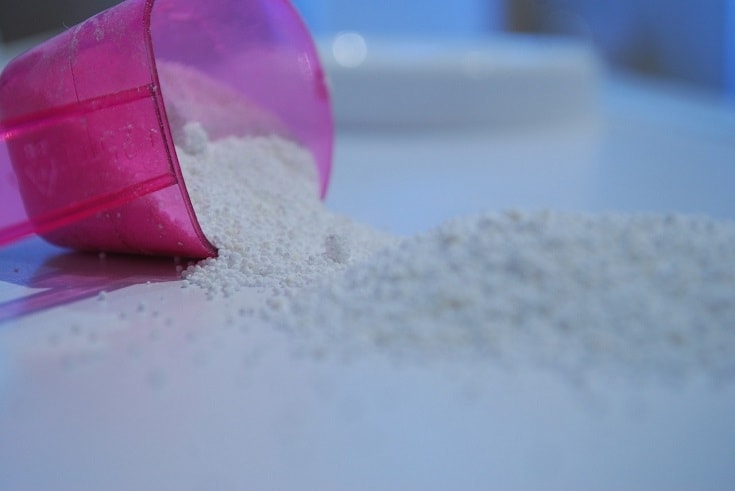
Bleach is excellent for removing mold and mildew, and it’s safe to use on your bathroom tiles. Still, as bleach releases toxic fumes, it would be helpful to air out the bathroom and wear a mask and gloves while cleaning. To make a bleach cleaning solution, mix ¼ cup of bleach and ¾ cup of water and pour them into a spray bottle. Once ready, spray the solution on the tiles, leave it to sit for about 10 minutes, and rinse it off.
This cleaning method is also great for other surfaces in your bathroom, and you can safely use it for cleaning your shower, sink, tub, or toilet.
- Easy to make
- Very efficient
- Quickly removes mold and mildew
- No scrubbing needed
- Releases potent fumes
- You’ll need a mask and gloves
2. Distilled White Vinegar
Distilled white vinegar is another excellent product you can use to clean mold and mildew from your bathroom tiles, and the best thing about it is that it’s completely natural. Unlike bleach, or some of the other options we’ll mention, white vinegar doesn’t contain any harmful substances, but it’s still pretty efficient.
Before you use it, you’ll need to distill the vinegar, after which you can pour it into a spray bottle and spray it on the moldy tiles. It’s best to leave vinegar for 30 minutes to allow it to do its magic. Then, gently scrub the area and spray it with a vinegar solution one more time, allowing it to sit for another 30 minutes, and then rinse off the area.
- Natural cleaning solution
- It doesn’t contain harmful substances
- The process takes more time than some other solutions on the list
3. Borax
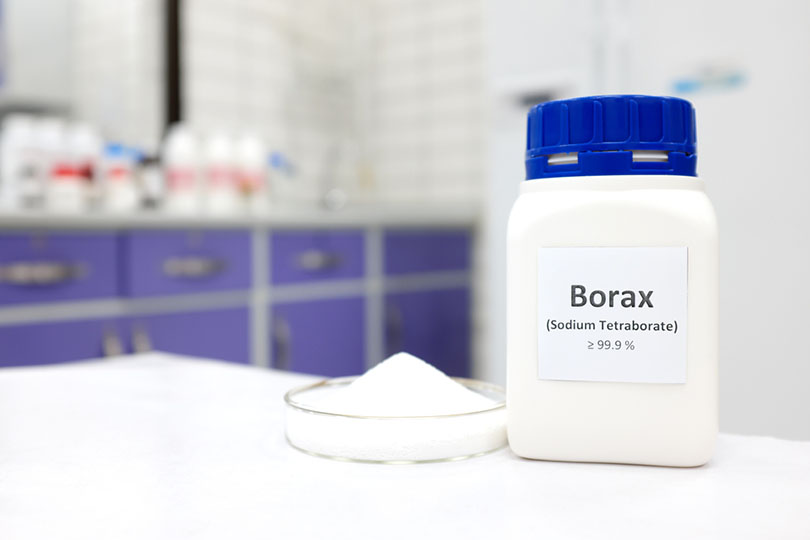
Borax is a white, natural powder that is considered to be one of the best ways to clean mold or mildew. You can start by mixing a cup of borax with one gallon of warm water and pouring the solution into a spray bottle. First, remove the mold with a brush, sponge, or rag to clean most of the surface layer. You can spray the solution directly on the surface you want to clean.
Since borax is safe for use around humans, you can use the leftover to clean your tiles and floors. Borax is very effective because of its alkaline features, which efficiently kill off the almost acidic mold spores.
- Effective and quick in removing mold and mildew
- Much cheaper than store-bought products
- Kills mold spores
- Chemical-free
- It may irritate sensitive skin
- If swallowed, it can be toxic
4. Ammonia
Another helpful product for removing mold and mildew is ammonia. Although it’s highly efficient at resolving your mildew issues, it’s potentially harmful and you should be extremely cautious while using it. To make a cleaning mixture, combine ⅓ cup of ammonia with ⅔ cup of water.
Whatever you do, never mix ammonia with bleach, as the combination could be very toxic. Also, before using, ensure that you’re wearing gloves and a mask and vent out your bathroom. You can spray the solution on the moldy tiles or use a sponge to even out the solution on the tile area with mildew. Allow the solution to sit for about 2 hours, scrub off excess ammonia, and then wipe or rinse the area.
- Highly efficient
- Releases toxic fumes
- You need to wear a mask and gloves
5. Hydrogen Peroxide
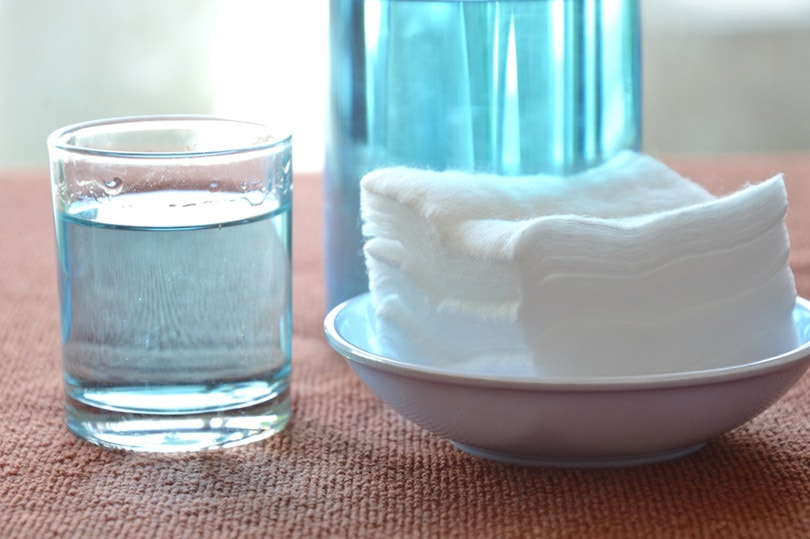
You can also use hydrogen peroxide to remove stubborn mildew and mold stains from your bathroom tiles. It comes in variations of strengths, but it’s best to use 3% hydrogen peroxide when cleaning the tiles in your bathroom. You can even mix it with vinegar to increase its efficiency.
Spray this solution on the affected area, leaving it to sit for about 2 to 3 hours before rinsing it off. This mixture is another cleaning solution that requires the bathroom to be well-ventilated.
- Effective
- Can be mixed with vinegar for better cleaning results
- You’ll need to keep the bathroom well-ventilated
6. Baking Soda
A baking soda paste is another quick but helpful cleaning method that will help you get rid of mold and mildew from your bathroom tiles. Most of us have it in our homes, and you can make the mixture in just a couple of minutes. All you need to do is mix baking soda with small amounts of water to form a paste-like blend that you’ll apply to the affected area. You should allow the paste to sit for 10 minutes and gently scrub the mold and mildew off the tiles.
- Easy to find
- Natural mold and mildew remover
- Efficient
- You might need to repeat the process multiple times
FAQ
Why do mold and mildew collect on my bathroom tiles?
Mold and mildew can appear in any part of your home, and they can quickly spread if you don’t treat the area and get rid of them on time. Although they can show up in any home area, it’s typically the most noticeable in your bathroom.
As mold and mildew need specific temperature, humidity, water, and oxygen requirements to grow and spread, our bathrooms make the perfect spot for them to thrive and prosper. Other than those requirements, mold also needs a surface where it can spread and digest food. Every time you take a shower but forget to vent out the bathroom, you create the ideal environmental conditions for the growth of mold spores.
How to Prevent Mold and Mildew from Appearing in Your Bathroom
Other than creating a way to fight mold and mildew, it would be a good idea to try your best to prevent these from ever appearing in your bathroom. Once mold appears in your shower, it can be very persistent, so the best advice you can find is to try and prevent it in the first place.
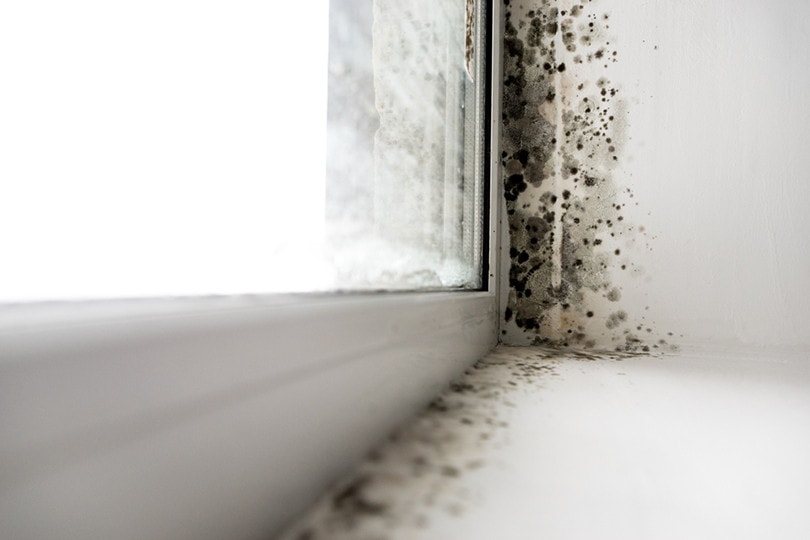
Add air circulation
Adding ventilation to your bathroom is a crucial step in ensuring a bathroom free of mold and mildew. Mold and mildew thrive in damp places with high humidity levels, so adding airflow to your bathroom will make a drastic difference.
Dry bathmats and shower curtains
The materials that are consistently moist in a bathroom are the bathmat and the shower curtain. No matter how hard you try to dry them, these two materials seemingly always stay wet. Try maintaining them by drying them with a towel every so often. This may help you fight off mold and mildew better.
Clean frequently and thoroughly
Make sure to wash, clean, and dry your bathroom often, especially the tiles on the shower and floor. Tiles and tile grout absorb a lot of water daily and never really have time to dry entirely. So, cleaning them and using a solution from this list frequently can go a long way.
Conclusion
If you are one of those homeowners that have a never-ending battle going on with mold and mildew, hopefully, this article has a solution for your problem. While your situation may seem hopeless, no matter how much mold has already developed, there is a solution that can solve the crisis!
Make sure to try some of these possible ways of cleaning mold and mildew, and you will almost certainly end up with a spotless and mold-free bathroom.
Featured Image Credit: SritanaN, Shutterstock
Contents


